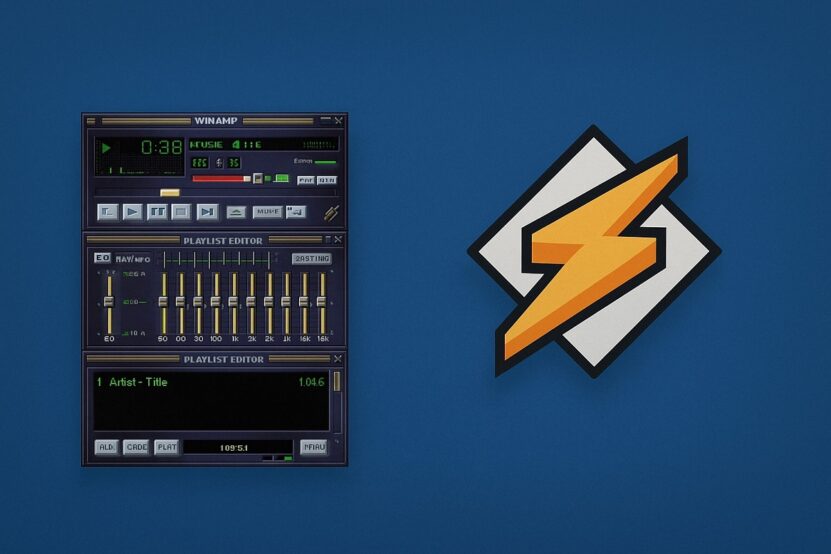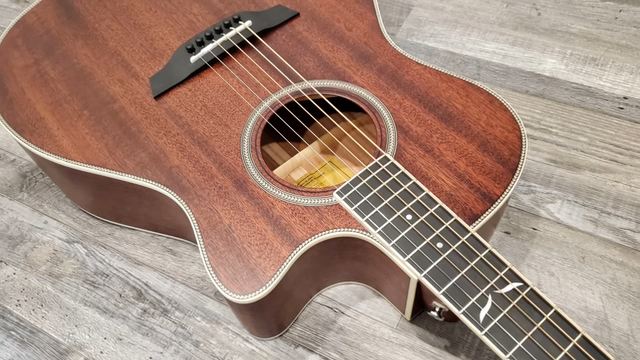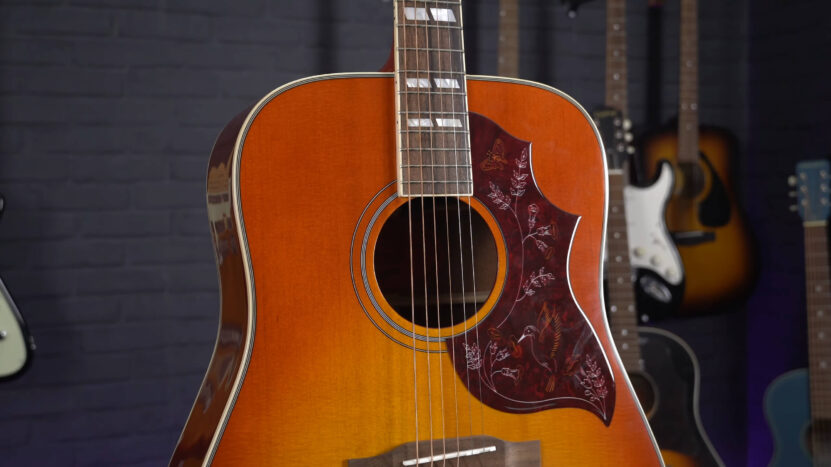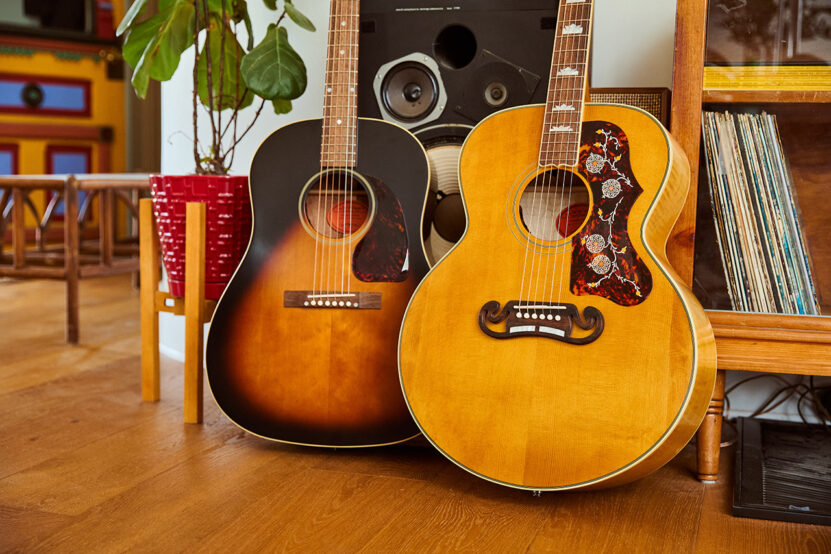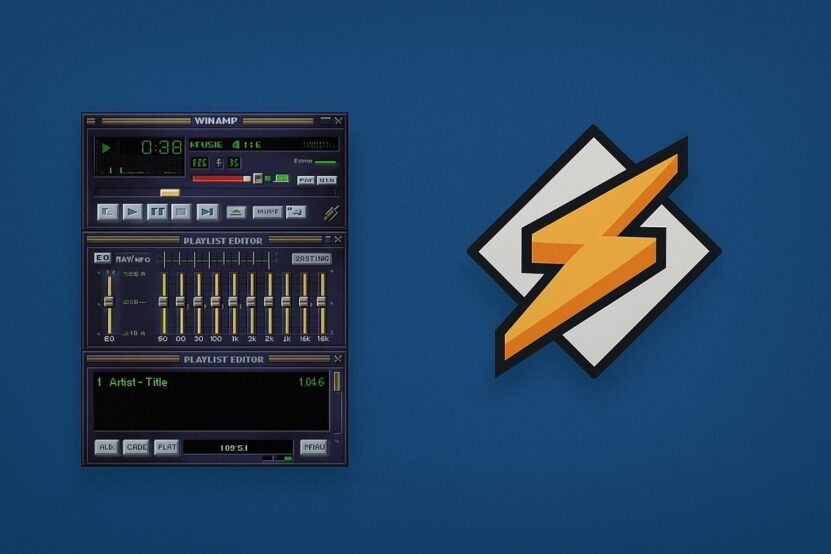
Share Post:
The G Major chord is a cornerstone of guitar playing. It’s often one of the first chords that beginners learn, yet its versatility makes it invaluable to seasoned players as well.
By exploring variations of the G Major chord, you can unlock new textures and dynamics, enriching your sound and enhancing your playing.
Let us talk about it in greater detail.
Variation #1: Open G Tuning
Open G tuning, known for its resonant and rich sound, involves tuning your guitar to D-G-D-G-B-D, where the open strings themselves form a G Major chord.
This tuning allows for unique chord shapes that can simplify playing, while simultaneously adding a deeper, more layered tone.
- Rock
- Blues
- Folk
To tune to Open G, you’ll need to adjust the 6th string to D, the 5th to G, and the 4th to D, while keeping the 3rd, 2nd, and 1st strings in their original tunings of G, B, and D respectively.
Once you’ve returned, simply strumming all six strings will produce a full G Major chord.
A prime example of Open G tuning in action is in the work of Keith Richards from the Rolling Stones. Songs like “Brown Sugar” utilize Open G, allowing for iconic, gritty riffs and smooth transitions between chords.
Open G tuning brings a raw, open sound that is ideal for rock and blues players looking to experiment with different tunings.
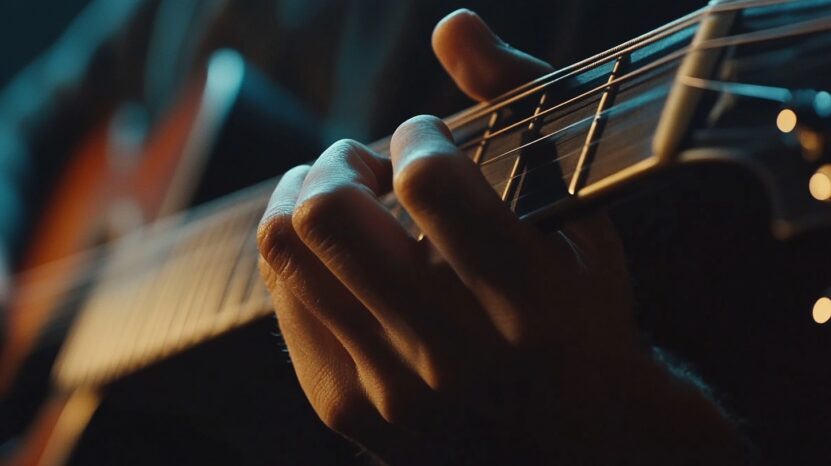
Variation #2: G7 and G Major 7th Chords
- Blues
- Jazz
- Older pop music
To play G7, simply add your index finger to the first fret of the high E string while keeping the standard G Major shape. This simple adjustment transforms the chord from bright and uplifting to moody and complex.
G Major 7th, on the other hand, has a lush, jazzy quality that brings sophistication to your playing. It is created by adding an F# to the G Major chord.
The G Major 7th chord has a dreamy, smooth tone, often used in jazz, soul, and even ballads to create a warm, introspective atmosphere.
By mastering both G7 and G Major 7th, you’ll add emotional depth and nuance to your playing, allowing you to experiment with blues and jazz styles.
Variation #3: G6 and Gsus4 Chords
The G6 chord introduces a dreamy, ambiguous quality to the G Major family. The G6 is formed by adding an E note to the G Major chord, which gives it an airy, open-ended sound. It’s often used in jazz, pop, and even folk music to evoke a mellow, atmospheric mood.
Playing G6 is a simple adjustment—just lift your ring finger from the high E string to play the open E note, and you have a whole new chord to explore.
Gsus4 is a suspended chord that creates tension and anticipation, which resolves when returning to G Major.
To play Gsus4, replace the open B string with a C note by pressing the first fret on the B string. The result is a powerful, suspended sound that wants to resolve back to the G Major chord.
Gsus4 is often used in rock, folk, and pop songs to add drama and movement, helping to create a more dynamic sound.
Variation #4: Barre and Power G Chords
Barre chords are essential for any guitarist who wants to play rock, pop, or funk, and the G barre chord is one of the most useful. A barre chord involves using your index finger to press down all six strings across a fret, effectively acting as a “bar.”
The G barre chord is played at the 3rd fret, with the rest of the fingers forming the standard E Major chord shape. Barre chords are versatile and are crucial for rhythm guitar playing, allowing you to move up and down the neck with ease.
Power chords, particularly G5, strip down the chord to its essential components—just the root and the fifth note.
It creates a clean, punchy sound that is perfect for rock and punk music. The simplicity of the power chord allows for fast transitions and is especially effective when played with distortion or overdrive.
Learning to switch between G5 power chords and full barre chords will give you a wide range of tonal possibilities, from simple, driving rhythms to more complex chord progressions.
Variation #5: Fingerpicking G Major (Travis Picking)
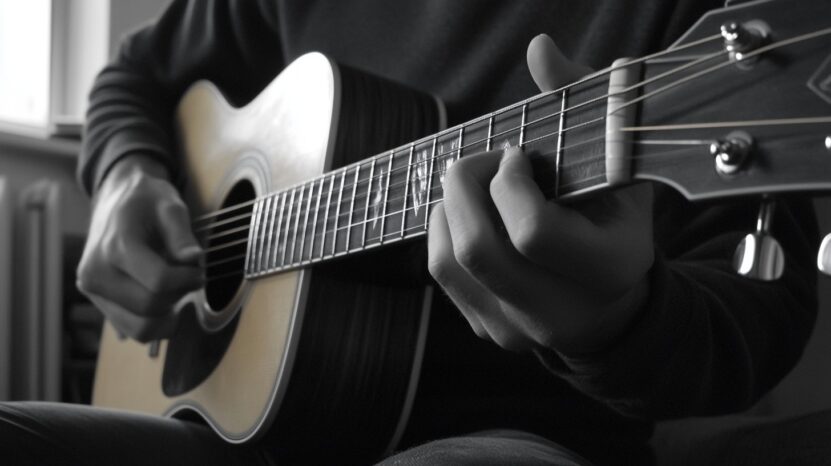
Fingerpicking opens up a new dimension in guitar playing, allowing for intricate, melodic lines while maintaining a rhythmic bass.
One popular style is Travis picking, where the thumb alternates between the bass strings while the other fingers pick the melody on the higher strings. The G Major chord lends itself beautifully to fingerpicking because of its full sound and versatility.
To play a fingerpicking pattern with a G Major chord, you could alternate between the 6th and 4th strings with your thumb while picking the melody on the 2nd and 3rd strings.
This creates a rhythmic, flowing sound that is both harmonically rich and melodically engaging.
Travis picking is widely used in folk, country, and even blues music, making it a valuable skill for any guitarist.
Also Read: Improve your chord progressions and explore different A7 chord variations, which add a unique flavor to many musical styles.
The Bottom Line
The G Major chord is more than just a basic beginner’s chord. Its variations, from Open G tuning to barre and fingerpicking styles, offer a wide range of possibilities that can elevate your playing.
By experimenting with these techniques, you can expand your musical repertoire and add richness to your sound.
Keep practicing, and let the versatility of the G Major chord inspire you to explore new musical horizons.
Related Posts:



